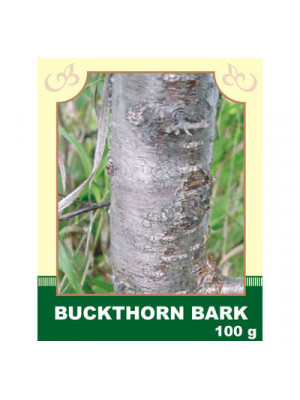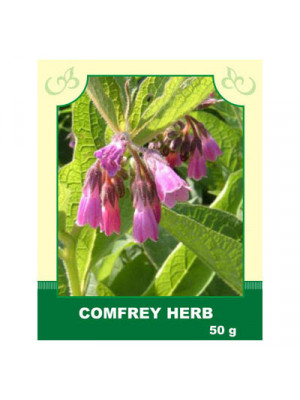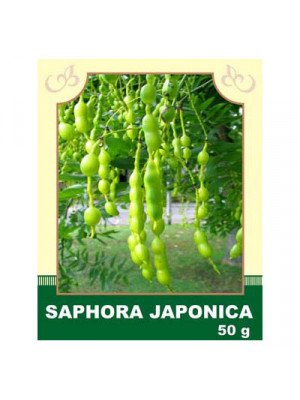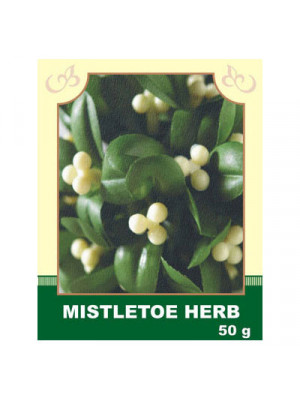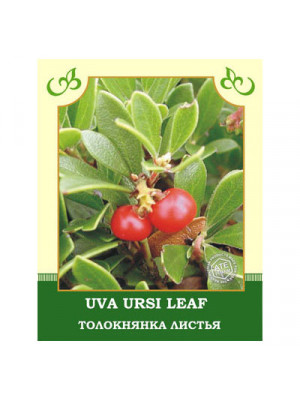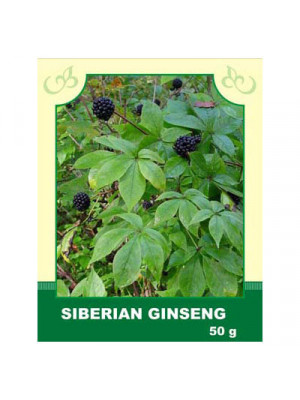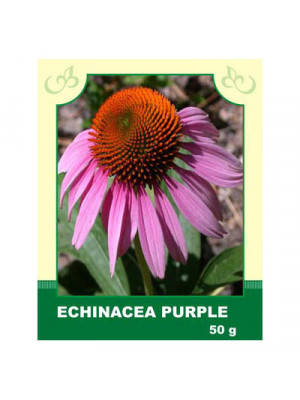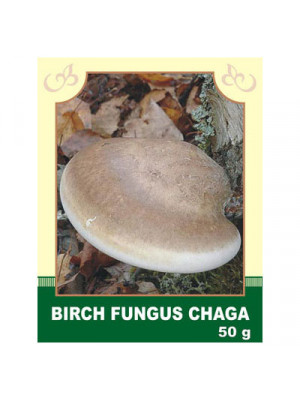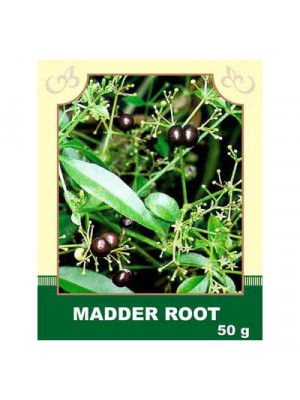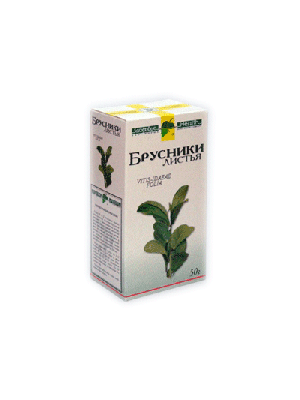Herbs
Internally, it is used for habitual constipation, spastic colitis, hemorrhoids, and anal fissures, especially during pregnancy.
Method of application and dosage: Pour 2 tablespoons of raw material into 200 ml of boiling water, heat on a water bath for 30 minutes, infuse for 10 minutes at room temperature, strain, squeezing the vegetable raw material. Bring the resulting infusion to the original volume. Take 1/2 cup orally at night.
Externally, a strong decoction of the cherry bark is used in the treatment of scabies, especially in children.
Contraindications: individual intolerance, in case of severe kidney dysfunction, and inflammatory processes in the intestines. Prolonged use may lead to habituation.
$6.99Internal use:
Take internally the infusion of the roots for gastrointestinal diseases: diarrhea, dysentery, chronic catarrh of the intestines, stomach and intestinal ulcers, chronic catarrh of the respiratory organs with abundant sputum, hemoptysis, bleeding, paralysis, various skin diseases, ulcers, and wounds with simultaneous external application. The infusion and decoction of the roots have the remarkable property of enhancing the regeneration of various tissues, dulling pain, and promoting faster bone healing in fractures.
Method of application and dosage: Pour 1 tablespoon of marsh cinquefoil with 1 glass of boiling water, infuse in a warm place for 4-6 hours, strain through a dense fabric. Take 2 tablespoons 6 times a day before meals. Tincture: Pour 1 tablespoon of finely chopped roots with 100 ml of vodka and infuse for 10 days. Take 15-20 drops 3 times a day. Externally, the infusion of the roots is used for baths, washing, and compresses for fractures, dislocations, bruises, joint pain, jaundice, various skin diseases, and especially for the treatment of old, poorly healing wounds and ulcers. The alcohol tincture of the roots is used for anti-inflammatory and analgesic compresses.
Contraindications: Individual intolerance, during pregnancy and lactation. It is a poisonous plant, requires caution and strict dosage in consumption.
$6.99Internally, it reduces blood pressure, cleanses blood vessels from cholesterol plaques, restores vessel elasticity, regulates the metabolism of many body systems, and promotes immune system strengthening.
Methods of application and dosage: To prepare an infusion, grind 20 g of dried flowers into powder, then pour them with 250 ml of boiling water and let it infuse for about two hours. Strain the infusion and take 1-2 tablespoons three times a day after meals.
Externally, for treating carbuncles and furunculosis, eczema, fungal diseases, pityriasis versicolor, minor and moderate wounds, frostbite, and burns of the 1st, 2nd, and 3rd degrees, and for preventing hair loss, boil 20 grams of the plant's fruits in 200 ml of water over low heat for 15 minutes. Cool the decoction, strain it, and then rub it thoroughly into the hair roots. After 5 minutes, rinse the hair well.
Contraindications: Pregnant and lactating women, children, and individuals with individual intolerance to the preparation. Also, activities requiring concentration.
$6.99Internal use:
Take mistletoe infusion internally for hypertension, arteriosclerosis, dizziness, seizures, epileptic seizures, hysteria, headaches, pulmonary and uterine bleeding. Mistletoe's aqueous infusion reduces blood pressure, enhances heart activity, dilates blood vessels, and reduces the excitability of the central nervous system, increasing overall vitality.
Application and dosage: Put 1 tablespoon of mistletoe in a thermos and pour 250 ml of boiling water, infuse for 30 minutes. Take 1/3 cup three times a day before meals.
External use: Used for rinsing and sitz baths for hemorrhoids. An infusion is used for washes and compresses on chronically non-healing wounds, ulcers, and abscesses. For baths, take 60 g of raw material per 1 liter of water, boil for 10-15 minutes over low heat, and infuse for 6-8 hours.
Contraindications: Individual intolerance, pregnancy.
$6.99Internally: Used as a diuretic for cardiac edema, antiseptic for diseases of the urinary tract and bladder. The tincture is recommended for use in diseases of the nervous system, alcoholism, and as a remedy to normalize sleep. It is also used as a therapeutic and analgesic for joint rheumatism, gout, and malignant tumors.
Method of application and doses: Infusion: Place 1 tablespoon of raw material in an enameled dish, pour 200 ml of hot boiled water, heat in a water bath for 15 minutes, cool at room temperature for 45 minutes, strain. The volume of the resulting infusion is brought to 200 ml with boiled water. The prepared infusion is stored in a cool place for no more than 2 days. Take 1/3-1/2 cup 3-5 times a day 40 minutes after eating.
Externally: In the form of baths and washes for diathesis and purulent wounds.
Contraindications: Individual intolerance, during pregnancy and in case of glomerulonephritis. Prolonged use is not recommended. Consult a specialist for kidney diseases.
$6.99Internally. This remedy improves overall well-being, reduces cholesterol levels in atherosclerosis with predominant involvement of the aorta and coronary vessels. It creates a favorable background for various cardiovascular diseases, rheumatocarditis. It enhances mental performance, reduces fatigue during physical exertion, improves hearing and vision, is beneficial for mild forms of diabetes, and aids in enhancing male potency.
Method of use and dosage: Roots in a 1:1 ratio are infused in 40% alcohol, infused for 2-3 weeks, strained, and taken at a dose of 15-20 drops 2-3 times a day 30 minutes before meals in the first half of the day.
Contraindications: Individual intolerance, arterial hypertension, myocardial infarction, hypertensive crises, febrile conditions, acute infectious diseases.
$6.99Internally. Taken to stimulate the immune system, prevent and treat bacterial diseases, viral flu, chronic inflammations, poliomyelitis, herpes, and also used in skin grafts. Echinacea helps with arthritis, hepatitis, cystitis, leukemia, sepsis, prostatitis, and prostate hypertrophy.
Method of use and dosage: The tincture is prepared at a mass ratio of 1:10 in 70% alcohol. Take 20-30 drops 3 times a day. Decoction: 1 tablespoon of crushed leaves is poured with 200 ml of boiling water, boiled with a closed lid on low heat for 5 minutes, and strained. It is consumed throughout the day in small portions.
External use: Used for psoriasis, eczema, trophic ulcers, first-degree burns, frostbite, and severe bedsores.
Contraindications: Individual intolerance.
$6.99Internal use: Chaga enhances the body's defensive reactions, activates metabolism in brain tissues, reduces arterial and venous pressure, has anti-inflammatory effects not only when taken internally but also when applied externally. It also lowers blood sugar levels. Chaga is used as a general strengthening and anti-inflammatory agent for gastrointestinal diseases. It is also used as a symptomatic remedy for various oncological diseases, in otolaryngology, and in the treatment of psoriasis, eczema, and other skin conditions.
Method of application and dosage: Soak the mushroom in boiling water so that it covers the mushroom completely and let it steep for 4-5 hours. Crush the soaked mushroom and pour it with preheated water to 50 degrees Celsius at a ratio of 1:5, using the water left from the initial soaking. After 48 hours of infusion, strain the liquid, squeeze out the sediment, and dilute the obtained infusion with water to the original volume. Store the infusion in the refrigerator for 3-4 days. Take 1 glass three times a day in small portions and sips 30 minutes before meals (adult dose). The course of treatment is 4-5 months with breaks of 7-10 days.
Contraindications: Individual intolerance. Intravenous administration of glucose and penicillin-3 (a fungus antagonist) is prohibited during Chaga treatment.
$6.99Internal Use:
It gradually loosens and breaks down kidney, bladder, and gallbladder stones without significantly affecting blood pressure and breathing. It enhances heart contractions without noticeably affecting heart rhythm. It has diuretic and anti-inflammatory effects in the treatment of pyelonephritis, nephritis, and cystitis. It helps eliminate salts from the joints of the hands and legs. Under the influence of marjoram, urine turns pink-red, and stones come out in flakes.
Method of Application and Dosage: Infuse 1 teaspoon of crushed raw material in 200 ml of cold water, infuse for 8 hours, then strain the extract, and the raw material is re-infused with 200 ml of boiling water. After 15 minutes, strain again. Both infusions are mixed and consumed in several doses throughout the day before meals.
Contraindications: Individual intolerance, overdose is not allowed. Limit the consumption of products containing an excess of oxalic and citric acids. It is recommended to consume boiled meat, fish, vegetable oil, cereal dishes, beets, cucumbers, watermelons, melons, non-acidic varieties of apples, pears, plums, as marjoram can damage teeth. It is advisable to drink infusions through a straw and rinse your teeth.
$6.99- Foxberries are widely used in northern Europe, notably in Scandinavia. Scandinavian people like foxberries and use them for food as a source of vitamins and essential nutrients. But it is important to know that foxberry leaves are of great value too. They have antimicrobial, cholagogic, astringent and anti-inflammatory effects. Leaves preparations help strengthen capillaries and stimulate host defenses. Foxberry leaves contain Vitamins, flavonoids, tannins, acids and other nutrients. Leaves preparations are often used as a supportive therapy during recovery periods. And finally this herb stimulates nitrogen metabolism.$7.99


